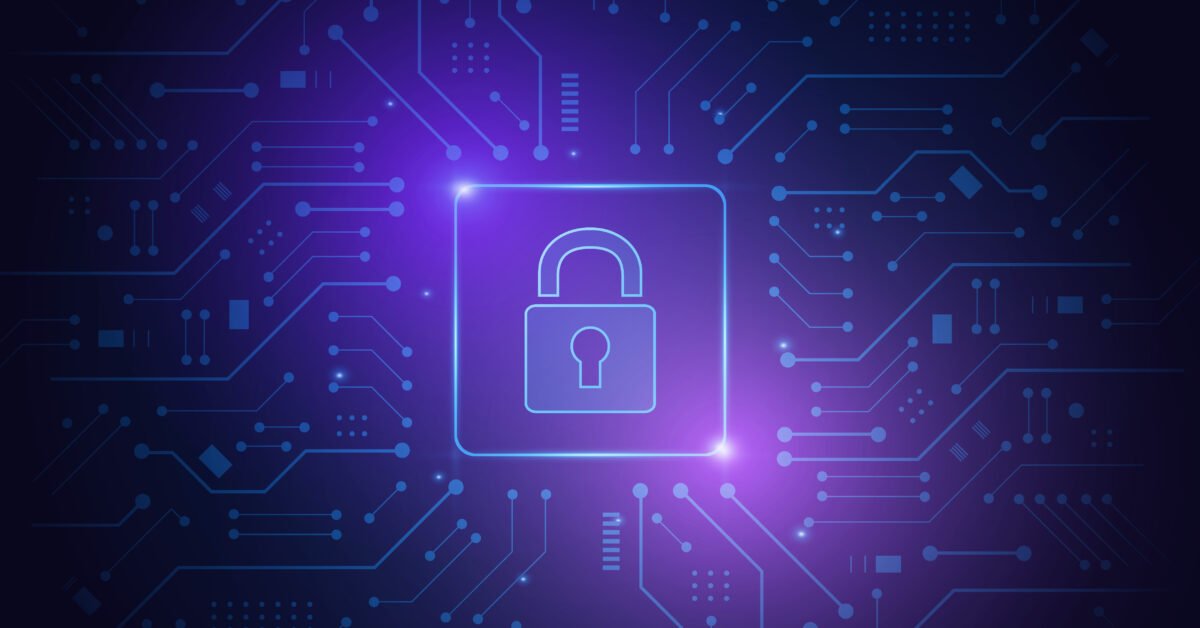Passwordless authentication is an innovative approach to identity verification that eliminates the security flaws found in traditional password-based systems. With rising threats from data breaches, phishing attacks, and password fatigue, businesses are seeking safer, more user-friendly alternatives.
This method verifies users without relying on passwords, instead using combinations of biometric authentication, hardware devices, and mobile verification systems. By removing the need for complex passwords, passwordless authentication not only strengthens security but also simplifies the login process. It is widely seen as a future-ready solution that balances robust protection with seamless access.
Why Passwordless Authentication Matters
Organizations are embracing passwordless authentication because it combines stronger security, enhanced user experience, and reduced operational costs.
1. Enhanced Security
Eliminating passwords significantly reduces the risk of phishing, brute-force attacks, and other online threats. Biometric methods like fingerprint and facial recognition are difficult to forge, creating near-impenetrable barriers. Hardware keys and mobile push notifications often combine multiple authentication layers for even greater protection.
2. Improved User Experience
Without the need to remember or reset passwords, users enjoy faster and easier logins. This boosts satisfaction and productivity, especially when mobile biometrics or one-time codes are used for smooth, frictionless access.
3. Reduced IT Support Costs
Password resets and account lockouts account for a large share of IT service requests. By eliminating passwords, organizations reduce these issues, free
ing IT teams to focus on higher-priority tasks. The result: improved efficiency and cost savings.
Real-World Success Stories
Tech giants like Microsoft and Google have successfully implemented passwordless authentication. For example, Microsoft’s deployment of Windows Hello and Microsoft Authenticator led to a 90% reduction in account compromise rates, proving the method’s effectiveness in both security and operational performance.
Challenges in Implementing Passwordless Authentication
While the benefits are clear, the transition to passwordless authentication involves certain hurdles that organizations must address.
1. Migrating from Legacy Systems
Older IT systems are often deeply integrated into daily workflows. Transitioning them to support modern authentication methods like biometrics or push notifications can require significant investment, software updates, and sometimes major system overhauls.
2. Ensuring Device Compatibility
Passwordless authentication often depends on specific hardware such as smartphones or biometric scanners. These devices must be compatible across different operating systems and applications, which can be challenging given the variety of models and configurations in use.
3. Overcoming User Resistance
Some users may be hesitant to adopt new authentication methods, doubting their reliability or security. Clear communication, hands-on training, and demonstrations of the benefits are essential to build trust and encourage adoption.
4. Technical Integration Challenges
Integrating passwordless authentication with existing IT frameworks, cloud services, and third-party applications can be complex. Systems must be scalable, secure, and capable of supporting growing user bases without compromising performance.
5. Backup and Recovery Planning
Even without passwords, account recovery remains critical. Organizations must have secure, efficient backup methods in place for situations such as lost devices or biometric failures.
Key Support for a Smooth Transition
Successfully implementing passwordless authentication often requires expert guidance in several areas:
System Integration: Ensuring compatibility with all current platforms to avoid operational disruptions.
Security Configuration: Applying multi-factor authentication, encryption, and token protection to safeguard the system.
User Education: Providing training and clear instructions to help staff understand and trust the new system.
Ongoing Support: Continuously monitoring, updating, and adapting the system to counter evolving security threats.
Conclusion
Passwordless authentication is transforming the way organizations secure identities and protect data. By replacing traditional passwords, it delivers stronger protection, a better user experience, and fewer IT headaches. While the transition requires careful planning, technical expertise, and user training, the long-term benefits are substantial.
The age of passwords is fading—making way for smarter, safer, and more efficient authentication. Neptune Security is here to guide your organization through a smooth and secure implementation.
Contact us today to explore customized passwordless authentication solutions.





